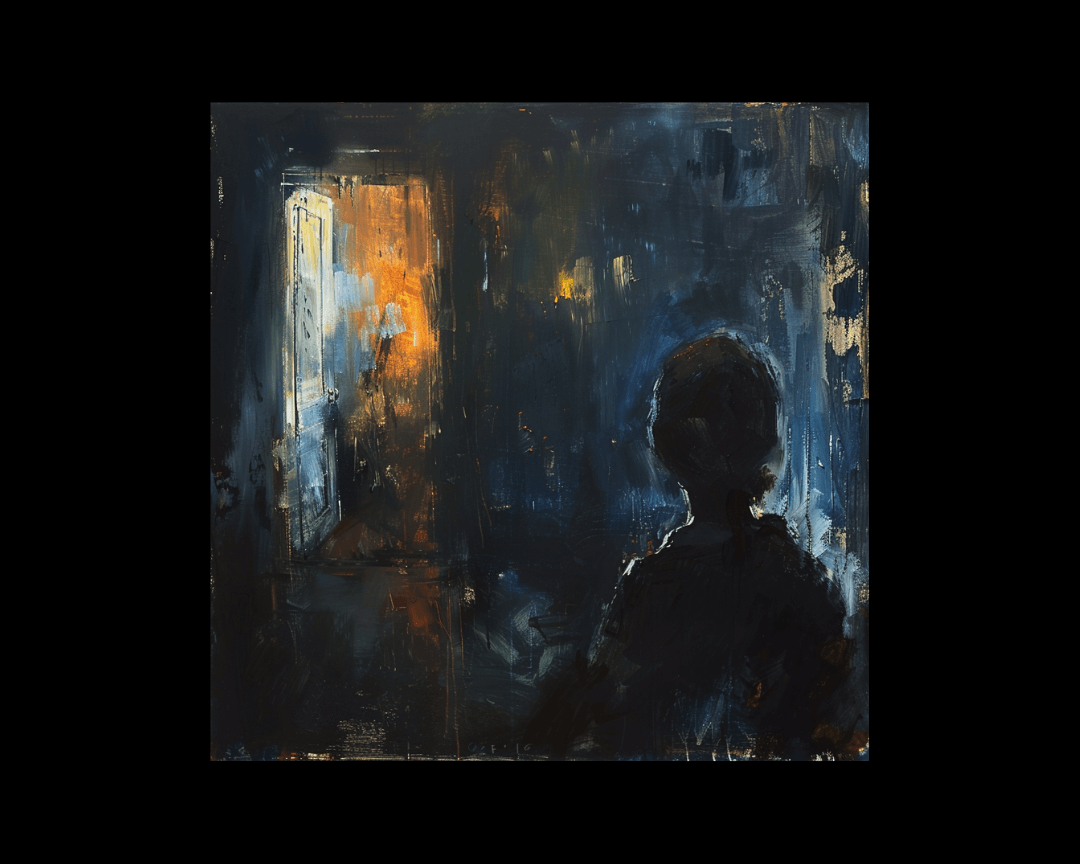Embracing Your Antagonist: The Heart of a Documentary
Crafting a compelling story in documentary filmmaking or fiction is akin to constructing a delicate and intricate mechanism.
2 min read
 Writing Team
:
Aug 7, 2023 4:51:37 PM
Writing Team
:
Aug 7, 2023 4:51:37 PM
%20(1).png)
Stories have the power to transcend boundaries, allowing us to immerse ourselves in the lives of characters from different worlds. One captivating storytelling approach is crafting narratives from the perspective of misunderstood animals.
By delving into their minds, writers can evoke empathy, challenge perceptions, and explore universal themes. In this blog, we'll explore classic and modern literature examples, along with practical writing exercises to help you master the art of writing from the viewpoint of these enigmatic creatures.
The first best place to go when you're entering into a new storytelling endeavor is classic literature. Here are some great examples of misunderstood animals.
The story of a vengeful captain hunting the great white whale provides insight into the mind of the misunderstood creature. Readers witness the creature's struggle for survival and comprehend the cost of humanity's relentless pursuit.
Written from the perspective of a horse, this novel sensitively narrates the life of a noble steed, raising awareness about animal rights and highlighting the emotional depth of animals.
The tale of a domestic dog's journey to the wild delves into the conflict between nature and civilization, offering an intimate view of the animal's yearning for freedom.
This epic adventure follows a group of rabbits who escape from their doomed warren, offering a gripping exploration of survival, friendship, and leadership.
While we love the classics, there are plenty of contemporary examples of misunderstood animals in literature too.
Narrated by a wise and compassionate dog, the story touches upon loyalty, love, and the human-animal bond.
A young boy finds a caged tiger and befriends it, revealing the complexities of empathy and understanding.
This novel offers a profound perspective on the lives of two dogs who escape from a research laboratory, highlighting the ethics of animal testing and animal rights.
A quirky tale of a squirrel who gains superpowers after an accident, this book explores friendship, courage, and the extraordinary lives animals lead.
A dystopian adventure set in a beehive, this novel explores themes of identity, loyalty, and sacrifice.
Here are a few writing exercises you can pick up to help you write animal characters better.
Choose an animal you find intriguing or mysterious, and write a short scene from their perspective. Focus on their senses, instincts, and emotions to create a vivid portrayal.
elect an animal often misunderstood or feared, such as a spider or bat. Write a short story that challenges stereotypes and portrays the creature in a new light.
Write a dialogue between two animals that belong to different species. Explore how their perspectives differ and find common ground in their shared experiences.
Craft a tale where humans are portrayed through the lens of misunderstood animals. Play with humor and satire to highlight human behavior from an outside perspective.
Write a fable or allegory featuring a group of animals that must come together to overcome a common problem, emphasizing the importance of empathy and cooperation.
Choose an ordinary animal, like a pigeon or a crow, and create a story where they embark on an extraordinary quest to save their community from a threat.
Compose a series of diary entries from an animal's perspective, chronicling their daily struggles, desires, and interactions with the world.
Reimagine a well-known historical event or fictional story from the point of view of a character's loyal pet, offering a unique vantage point on the events.
Writing stories from the perspective of misunderstood animals is a fascinating journey into empathy and imagination. As you explore the lives of these enigmatic creatures, you'll uncover profound insights into the human condition and our connection with the natural world. Embrace your creativity, break free from conventional storytelling, and let your tales of misunderstood animals captivate readers and stir their hearts with wonder and compassion. Happy storytelling!
.png)
Crafting a compelling story in documentary filmmaking or fiction is akin to constructing a delicate and intricate mechanism.

In the vast landscape of the writing world, there are many paths to the summit of a completed novel. Some writers prefer the winding, serendipitous...

The Challenge and the RewardIn storytelling, the protagonist's journey often takes center stage. Readers watch, transfixed, as characters navigate...